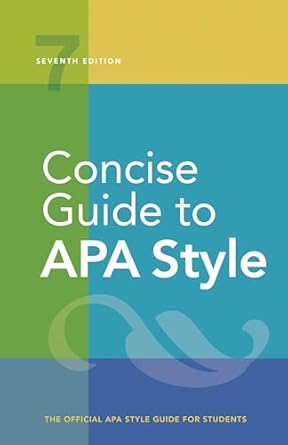[toc]
spelling capitalization rules a quick guide
Concise Guide to APA Style: 7th Edition (OFFICIAL)
Page 132 Review
The Nuances of Spelling, Capitalization, and Abbreviations: A Deep Dive
This excerpt delves into the intricacies of spelling, capitalization, and abbreviations, crucial elements of academic writing and formal communication.
Let’s explore some key takeaways.
Understanding Title Case vs.
Sentence Case
The excerpt highlights the distinction between title case and sentence case, emphasizing their specific applications.
Title case, often used for titles of periodicals, tables, and figures, involves capitalizing most words.
Sentence case, on the other hand, is more selective.
“In sentence case, lowercase most words in the title or heading.
Capitalize only the following words:
° the first word of the title or heading
° the first word of a subtitle
¢ the first word after a colon, em dash, or end punctuation in a heading
¢ nouns followed by numerals or letters
– proper nouns”
When to Use Sentence Case
The excerpt specifies when to use sentence case, providing clarity and consistency.
This includes titles of articles, books, reports, webpages, and other works in reference list entries.
“When to Use Sentence Case.
Use sentence case for the following:
* titles of articles, books, reports, webpages, and other works in ref- erence list entries, even if title case was used in the original work (see also Section 9.19)”
Examples are provided to illustrate the application of sentence case in reference list entries:
“Golden, A.
R., Griffin, C.
B., Metzger, |.
W., & Cooper, S.
M. (2018).
School racial climate and academic outcomes in African American adolescents: The protective role of peers.
Journal of Black Psychology, 44(1), 47-73. https://doi.org /10.1177/ 0095798417736685″
“Mena, J.
A., & Quina, K. (Eds.). (2019).
Integrating multiculturalism and inter- sectionality into the psychology curriculum: Strategies for instructors.
American Psychological Association. https://doi.org/10.1037/00001372″
Capitalization in Tables and Figures
The excerpt also addresses capitalization rules within tables and figures, further emphasizing the importance of consistency.
“¢ table column headings, entries, and notes (see Sections 7.12-7.14)
* figure notes (see Section 7.28)”
The note regarding words in the image of a figure is particularly helpful:
“Note: Words in the image of a figure (see Section 7.26) may be in either title case or sentence case.
Follow the same guidelines for capitalization in a figure image as used in the text.”
Practical Implications
Understanding these guidelines is crucial for anyone involved in academic writing or publication.
Consistently applying these rules enhances the clarity, professionalism, and credibility of written work.
Paying close attention to the nuances of title case, sentence case, and their appropriate contexts can significantly improve the overall quality of writing.
This excerpt serves as a valuable reference for navigating these complexities.
Buy full ebook for only $18: https://www.lulu.com/shop/american-psychological-association/concise-guide-to-apa-style-7th-edition-official/ebook/product-rmzpq54.html?page=1&pageSize=4
Spelling Capitalization Rules A Quick Guide
Read more: Personality Functioning: Scales & Statistics Analysis</
Read more: APA Style Guide: Mastering Capitalization Rules</


Leave a Reply